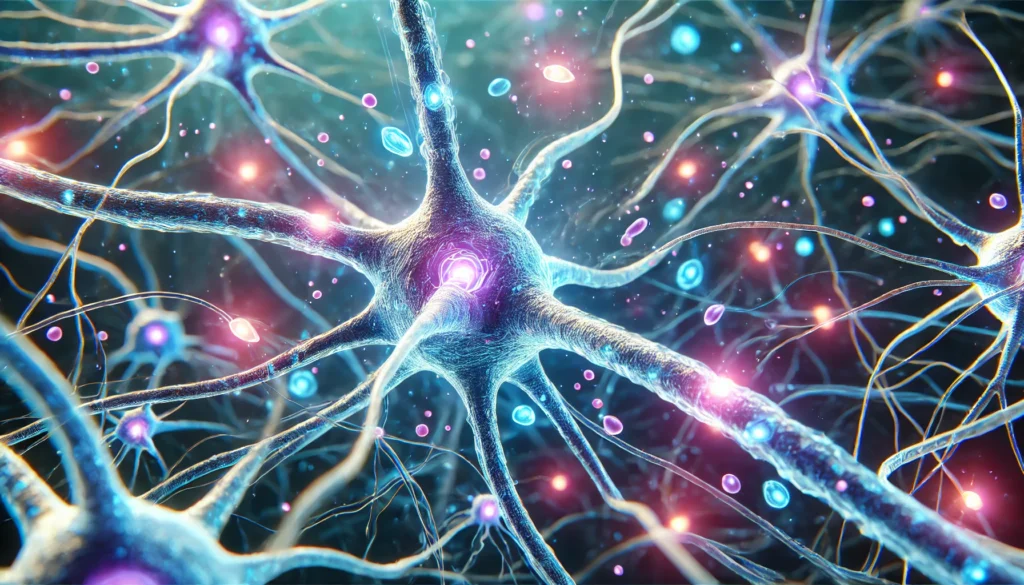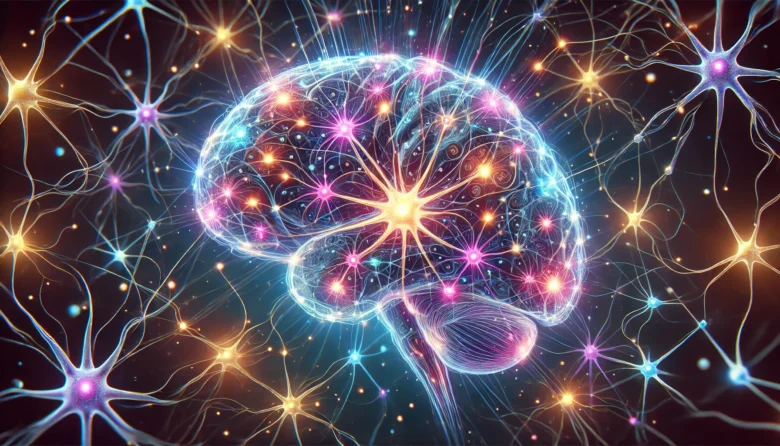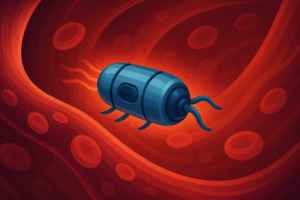Imagine your brain as a vast and intricate network of highways where cars zoom by, delivering information to various destinations. This network helps you think, move, feel, and even dream. But what powers this remarkable system? It’s something called neural networks. The role of neural networks in brain function is as vital as the engine is to a car—without it, nothing works. In this blog, we’ll break down what neural networks are, how they function in the brain, and why they’re so important for everyday activities, from solving a puzzle to recognizing a friend’s face.
Understanding Neural Networks: The Building Blocks
The brain’s neural networks consist of billions of neurons (nerve cells) that interact with each other to process and relay information. Think of each neuron as a node in this network. When neurons are activated, they send signals to other neurons, creating complex pathways of communication. These pathways are like the wiring of an electrical circuit, except they operate through chemical signals and electrical impulses.
At the heart of this process is something called a synapse, which is a tiny gap between neurons. Neurotransmitters (chemical messengers) help carry signals across this gap. When enough signals pass through, a chain reaction occurs, and the neurons “fire.” This is how you feel pain, form memories, or even move your hand.
Real-Life Example: How You Remember a Song
To illustrate how neural networks work, let’s consider a simple example—remembering a song. When you hear a melody, neurons in your auditory cortex (responsible for processing sound) are activated. They pass this information to other parts of the brain, like the hippocampus (important for memory), which helps you recall the lyrics and tune. The more often you listen to the song, the stronger the connections between these neurons become, making it easier to remember the song later. This is called “neural plasticity,” a key feature of neural networks that allows the brain to adapt and strengthen based on experience.

The Brain as a Learning Machine
Neural networks in the brain operate much like artificial neural networks used in computers today. Just as you can train a machine-learning algorithm to recognize patterns, your brain is constantly training itself. For example, when learning to ride a bike, the brain initially has difficulty maintaining balance. But over time, neural networks strengthen the connection between your motor cortex (responsible for movement) and your cerebellum (responsible for balance), making it second nature.
Case Study: Neural Networks in Language Processing
A fascinating case of how neural networks function in the brain is language processing. When a child learns to speak, their brain is creating a vast network of neural connections that associate words with meanings. This is why young children are so adept at picking up new languages—they’re wiring new networks in their brain every day.
Even in adulthood, this network is active. When you hear a sentence, different areas of your brain work in tandem to interpret its meaning. For example, Broca’s area, located in the frontal lobe, helps you process grammar and sentence structure, while Wernicke’s area, located in the temporal lobe, is essential for understanding spoken words. The more you engage in language-based activities, such as reading or writing, the stronger these neural connections become.
How Damage to Neural Networks Affects Brain Function
Unfortunately, when neural networks are damaged, it can severely affect brain function. A typical example is a stroke, which happens when the blood supply to a section of the brain is cut off. Neurons in the affected area may die, disrupting the network of signals. Depending on where the damage occurs, it can lead to difficulties in speech, memory loss, or even paralysis.
But there’s hope. The brain’s ability to rewire itself, known as neuroplasticity, allows other parts of the brain to compensate for the damaged areas. For example, someone who loses the ability to speak after a stroke might regain that ability as different neural networks are formed to take over the lost functions.
Neural Networks and Mental Health
Neural networks also play a role in mental health conditions like depression, anxiety, and schizophrenia. These disorders often result from disrupted or altered neural pathways in the brain. For instance, in depression, networks involving serotonin (a neurotransmitter that regulates mood) may not function properly, leading to persistent sadness or apathy.
Modern treatments, including medication and cognitive-behavioural therapy (CBT), aim to “reset” or improve these networks. Medications can aid in rebalancing neurotransmitters, while cognitive-behavioural therapy (CBT) helps individuals reshape their brain’s neural pathways to react differently to stress or negative thoughts.
Artificial Neural Networks: Inspired by the Brain
Interestingly, artificial neural networks used in machine learning and artificial intelligence (AI) are modelled after the brain’s networks. Companies like Google and IBM use artificial neural networks to power applications like image recognition, speech-to-text software, and even self-driving cars. These systems work by creating layers of “neurons” that process information in ways similar to how our brain processes stimuli.
For example, when you use facial recognition software, the artificial neural network analyses thousands of pixels to match a person’s face with an existing image, much like how your brain quickly recognizes a friend, AI neural networks are designed to learn and improve over time, becoming more efficient at their tasks.
Conclusion
Neural networks are the foundation of how our brains work. From learning a new skill to recalling memories, these intricate webs of neurons allow us to function in the world. They adapt, grow, and sometimes even heal, making the brain one of the most fascinating organs in the human body. Whether it’s helping you learn a new language or recover from an injury, the role of neural networks in brain function is truly remarkable.
As we continue to explore the brain’s capabilities, researchers and neuroscientists are constantly uncovering new ways these networks operate. Understanding how they work can provide insights into improving mental health treatments, developing advanced AI systems, and even enhancing how we learn.
Author’s Note
Neural networks are an extraordinary aspect of how our brains work. It’s amazing how these tiny cells communicate and shape who we are! I hope this blog has offered you an accessible and fascinating look at this critical part of brain function.
G.C., Ecosociosphere contributor.
References and Further Reading
- Understanding Neural Plasticity and Its Role in Brain Recovery
- Head Injuries and Hearing Loss | Evergreen Audiology. https://evergreenaudiology.com/head-injuries-and-hearing-loss/




